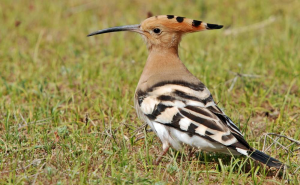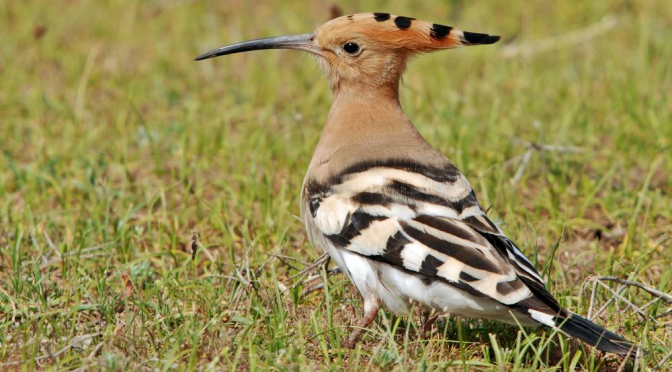What is it about getting a little older where we suddenly notice the birds around us? Where we more than notice them, we become fascinated with them and we watch them? If you are an avid bird watcher, or even if you aren’t but you just like to see the multicolored plumage once in a while, the Basque Country is a great place to set up camp. While it is harder to say that there are any birds unique to the Basque Country (birds, unlike humans, don’t care about nor are constrained by borders), the Basque Country offers amazing opportunities to see some unique feathered friends.

- Basque has two principal words for bird: txoria and hegaztia. I’ll admit, I’m not quite sure what the difference is, but txoria seems to be similar to Spanish pájaro, which is a smaller flying bird, and hegaztia to Spanish ave, meaning any bird, even those that don’t fly like a penguin. Though hega means to fly, so this might be completely wrong…
- For its size, the Basque Country has a diverse set of bioclimatic zones that host different types of birds. On the immediate coast is the Atlantic zone, more inland the Mediterranean zone, and there is the transition zone in between. These different zones offer distinct habitats for different types of birds.
- When we speak of birds from the Basque Country, we have to remember that birds are very mobile animals and aren’t confined to any one specific region. They migrate. However, the Basque Country, by virtue of its location and varied climates, offers a wide variety of birds that do call the Basque Country home for some part of the year.
- Thus, there are a multitude of birds that pass through the Basque Country. One guide of some of the birds of Euskadi can be found here; it includes pictures, names, times of year to see each bird, and their sizes. A similar guide for the birds found just in the Urdaibai Reserve can be found here. eBird lists all of the birds that have been spotted this year.
- Txoriak.eus is worth mentioning separately. It lists all of the birds found in the Basque Country and they provide recordings of the songs of each bird. However, one of the goals is to preserve the Basque names for these birds, which are being lost amongst the younger generations of Basque speakers. For example, for the common kestrel, they give nearly 20 different names in Basque, with a map that tells you what region called the bird by each name. For the common swift, there are nearly 40 names!
- There are several sites one can visit to observe birds in the Basque Country. I’ve written about Urdaibai before, but there are many more. Txingudi, which sits at the border between Spain and France, is a great place to see both continental birds as well as sea birds that travel along the coast. In Araba there is the Lagunas de Laguardia which consists of four wetlands that are the breeding grounds for several species. Araba also boasts Valderejo National Park, which is home to many rock-dwelling birds. These are only a few, and more can be found here. And a detailed guide with maps can be found here, though the birdingeuskadi.net website they point to is dead.
A full list of all of Buber’s Basque Facts of the Week can be found in the Archive.
Primary sources: Avistamiento de aves, otro atractivo turístico, Basque Magazine
Thanks to Felip Holbrook and Lisa Van De Graaff for inspiring this Fact of the Week.
Discover more from Buber's Basque Page
Subscribe to get the latest posts sent to your email.



These emails are like breath of fresh air. Eskerrik asko.
Thanks Felip! I appreciate that.
Greetings, that bird is something else!!! Beautiful!! thank you. My Grandfather used to say ” A rooster who struts about with a straw tail should not get to close to a fire”. That bird needs to be careful. Monique
a question please: how’s the birds been a large factor in the diet of Basque people?
Hello, Unfortunately, I don’t know. I haven’t seen anything that discusses that.
Greetings, i am curious about this, would you mind sharing your source of information?. thank you.
I was raised among the Basque who migrated to France during and after the time of Franco and I come from Aquitaine.
There is a semi truth about eating birds in the diet of the Basques or anyone else living along the Atlantic. They were called Sea Birds. They remained at sea but came on shore to breed and nest. Some came to the Bassin d’Arcachon, not far from Bordeaux, France.
A list of sea birds –you may need to translate.
Le Goleand argente, le Garmoran huppe, la sterne pierregarin, l’huitre pie, le Pluvier argente, Le gravelot a collier, le Tournepierre a collier, la mouete.
When I have more time, I will look for translation in English for my little nieces who are learning English and live in the French Basque region. Some of their playmates are Basques, and of course, so are the playmates parents.
Monique
and I forgot, there is something called langue d’oiseau, in the south west of France and the Basque region. It is tiny noodles shaped like birds’ legs. Monique